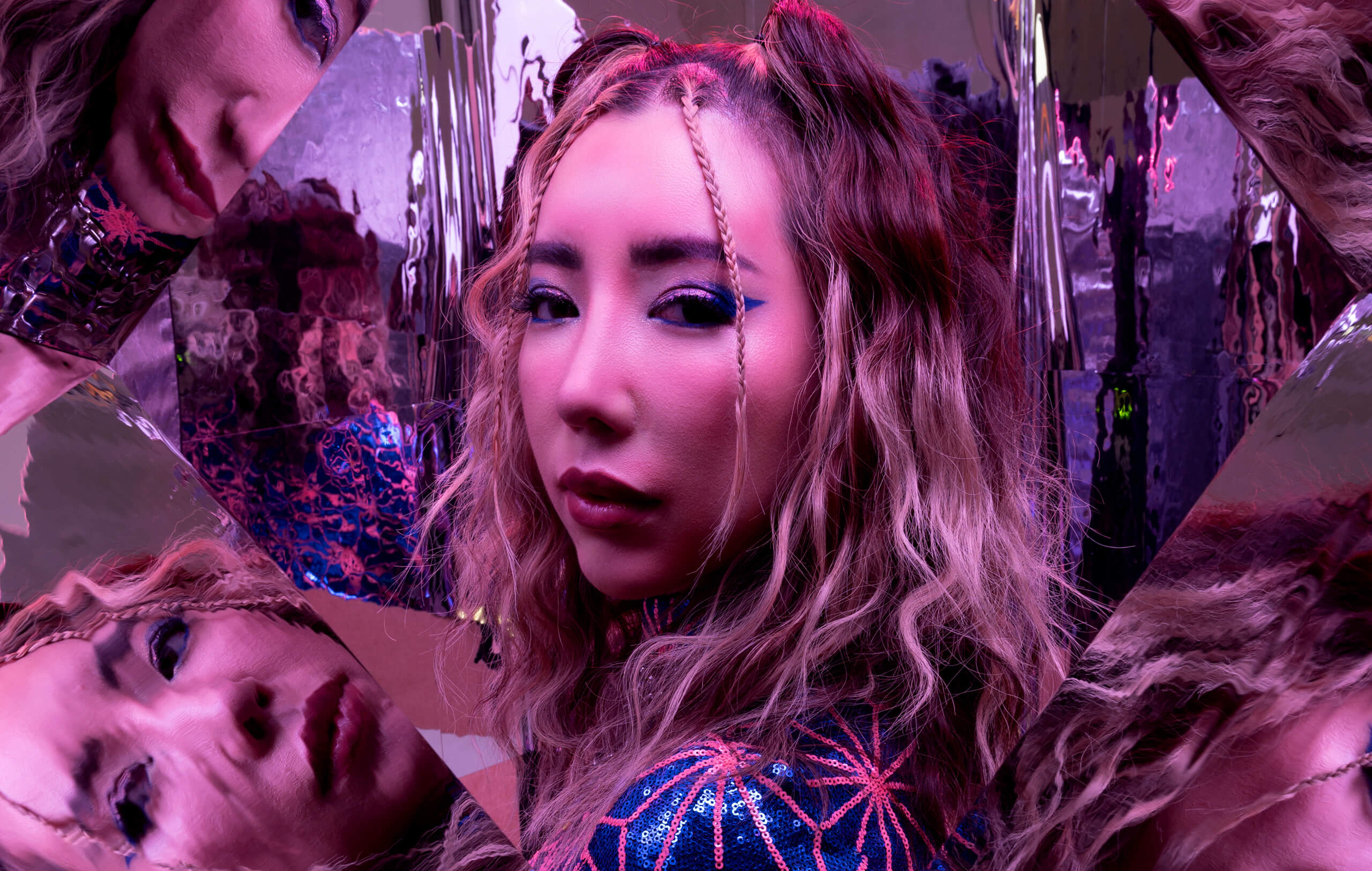
TOKiMONSTA: “Blink and it can all be gone. But to have another day to create music is a beautiful day”
Late night tales, VR parties and sampling the sound of shattering glass – charting Jennifer Lee’s course into unknown territories.
Image: Ben Bentley for MusicTech
“I’m very much a night owl,” says Jennifer Lee, otherwise known as pioneering producer and hip-hop dance act TOKiMONSTA. “I mean, I woke up today at 11am. That’s why we’re doing this interview at 11:30 – if that explains a bit of how I function.”
Indeed, when you put on TOKiMONSTA’s music, you can almost hear the sun going down and the cool of the evening coming on. Her albums welcome you into a moon-shadowed world of rhythms and vibes: sometimes playful, sometimes atmospheric, sometimes emotional, always cathartic.
“I really like the music I make when it’s late,” she says. “There’s something so special about being awake when everyone else is asleep. You’re existing on your own, with no distractions, no-one bothering you.”
That lone-wolf mentality – the desire to do things her way and in her time frame – is key to understanding Lee’s trailblazing career. Standing tall in the notoriously male-dominated genres of electronic music and instrumental hip-hop, Lee has broken barriers, bounced back from near tragedy and built a career all her own.
Lately, she’s been defying the pandemic to release a steady stream of collaborations with artists such as Ayra Starr, Lost Souls Of Saturn, and Channel Tres. Now she’s got a new single locked and loaded, her first-ever NFT lined up, and high-profile performances at Coachella and Sziget on the horizon.
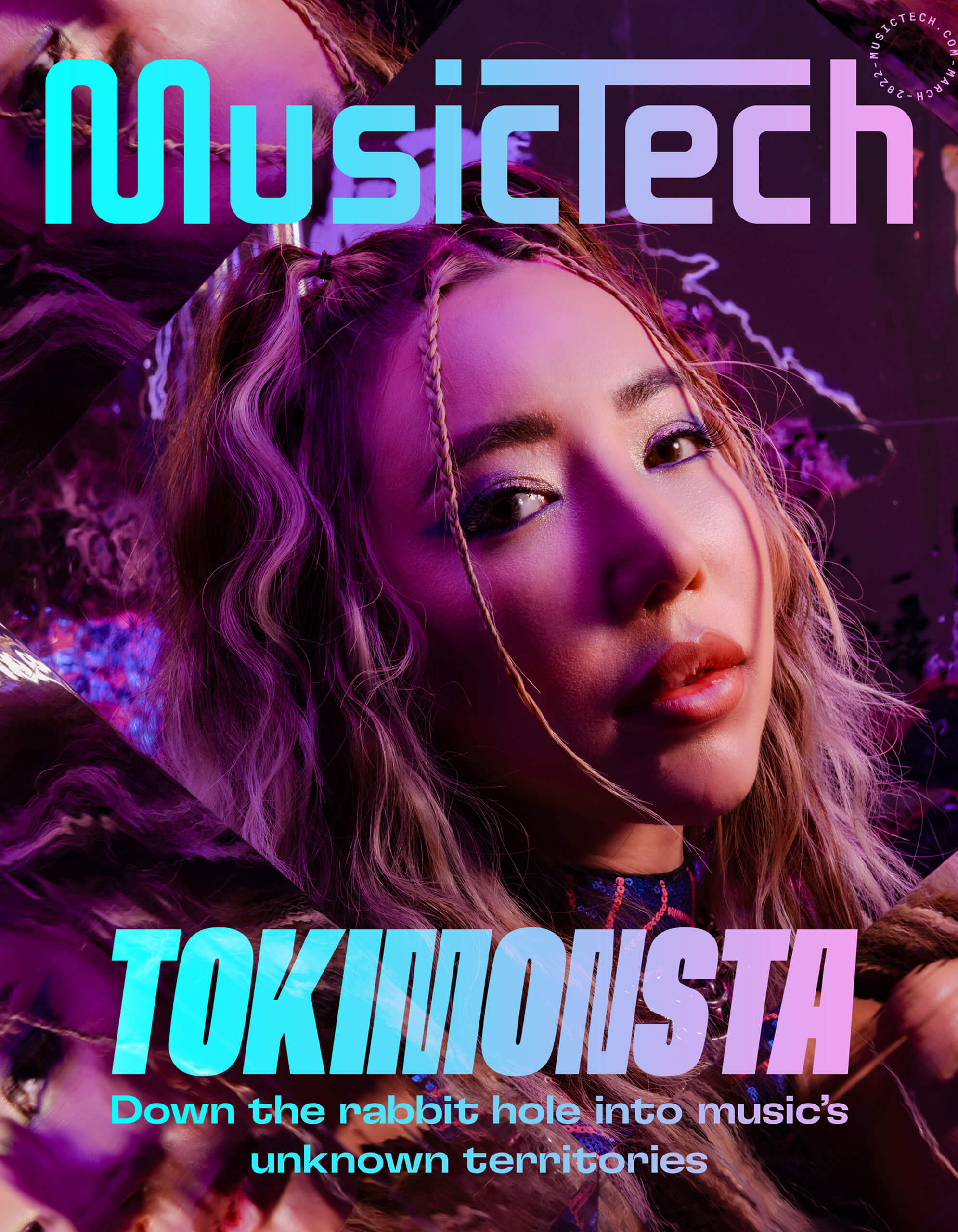
Flashback to 2007 and Lee was making late-night beats on FL Studio in her college dorm room. Alongside fellow luminary Nosaj Thing, she slowly became a fixture at Project Blowed, the iconic hip-hop club night held in LA’s Leimart Park Village.
Adopting the moniker TOKiMONSTA, a play on the Korean word tokki, meaning rabbit, Lee built a reputation for ethereal melodies, inventive beats, and productions that blend traditional and non-traditional instruments with synthesizers and samples.
By the time she released her 2010 EP Cosmic Intoxication, she had established herself as an indispensable part of the influential Low End Theory community – a gathering of instrumental hip-hop producers, and the spiritual home of LA’s beat scene. That same year, she became the first woman to sign to Flying Lotus’s Brainfeeder label, and released her highly regarded full-length debut Midnight Menu.
Lee’s proprietary blend of hip-hop has always stood out thanks to her focus on new and unusual sounds used to enhance melody and percussion. With her portable recorder in tow, Lee heads out onto the streets and into nature to capture non-musical, real-world sounds that can be warped into something distinctive.
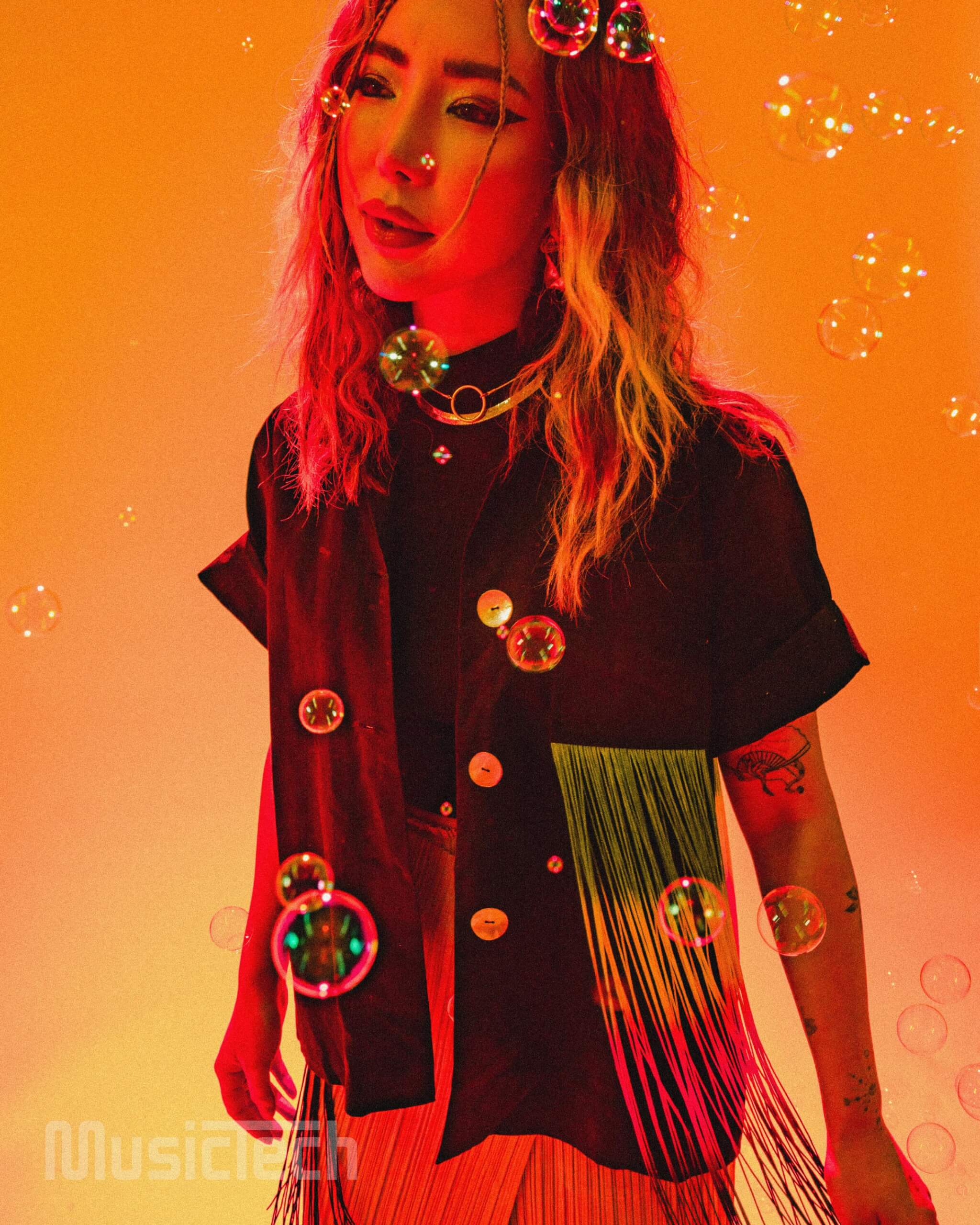
This approach to production harks back to the hip-hop Lee grew up listening to. “I’ve always liked sampling culture,” she says. “I used record samples a lot in the early days. Back then, if you had that very rare break, if you had drums that no-one else could get a hold of, then you set yourself apart. With field recordings, you get sounds that statistically will never happen again. If someone breaks a window, it only breaks a certain way each time. No-one else will have that sound.”
“There are melodies, there are beats, but sounds are just as important”
Those little details, while often understated in the mix, have become an essential part of Lee’s creative process. “There are melodies, there are beats, but sounds are just as important,” she says. “No-one may even notice those details but it’s a quality that I like in my music.”
Despite an undeniably independent streak, collaboration has become increasingly prominent in Lee’s music too. However, she sees this less as a change in style and more a natural result of her expanding connections with other musicians. “Ten years ago, I just didn’t have access to people,” says Lee. “Starting out, no-one knew who I was and I barely knew anyone who could sing.”

It’s all about the end result. And Lee says she makes a point of working closely with her collaborators. “Ninety-five per cent of the time, I’m in the room with the artists while they’re writing,” she says. “When I’m working with people who can write lyrics, we talk, have conversations and build a song around that. Being vulnerable is something that is not easy for everyone, especially when you don’t know the artist well. But sometimes you catch a vibe.”
Processing emotions and communicating experiences is a big part of Lee’s music. And, though she enjoys working with vocalists, her instrumental tracks have just as much to communicate. “When I’m upset, I don’t get to express it with actual lyrics; I express it with melody,” she says. “But I don’t think you need lyrics to have cathartic music.”
“When I’m upset, I don’t get to express it with actual lyrics, I express it with melody. But I don’t think you need lyrics to have cathartic music”
Rather than a limitation, Lee believes instrumental music can make a message more universal. “I might be sad for a specific reason but the people who are listening can have a number of reasons. When there are no lyrics, we can all just comfort each other through the song.”
Finding comfort through music is something Lee knows more about than most. In 2015, she was diagnosed with Moyamoya, a rare, life-threatening brain disease that required multiple major surgeries. The process of treatment and recovery left Lee temporarily without the ability to speak and unable to process or understand music.

Though she made a full recovery and a triumphant return to music with performances at SXSW and Coachella in 2016, the trauma has cast a long shadow. Her critically acclaimed and Grammy-nominated 2017 album Lune Rouge was heavily influenced by her diagnosis, treatment and rehabilitation. Seven years on, it still influences her outlook.
“It’s a lot, when I look back at that time,” recalls Lee. “It was very low lows and very high highs. But it gives me context for where I am now and the courage to face all the new things that come up. Because life may throw you a punch but that doesn’t mean it won’t throw you a few more later on. Whether it’s cliché to say or not, you can blink and it can all be gone. But to have another day to create music is a beautiful day.”
“Things are gonna change whether you want them to or not, whether you don’t like crypto or you don’t like NFTs – they are still here”
Lee cares passionately about supporting the music community. In 2021, she curated the Every Woman streaming event that highlighted female and female-identifying producers, composers, sound designers and industry personnel.
“The conversation about women in music has become louder in recent years but this is not a new issue,” says Lee of her motivation. “When I started producing, I didn’t have any female role models in the field I was in – not to say that they didn’t exist but there was no-one really visible.”
In Lee’s view, a key step in addressing this gender disparity is to give women the attention they deserve, letting young people see inspirational females both in front of the microphone and behind the scenes.
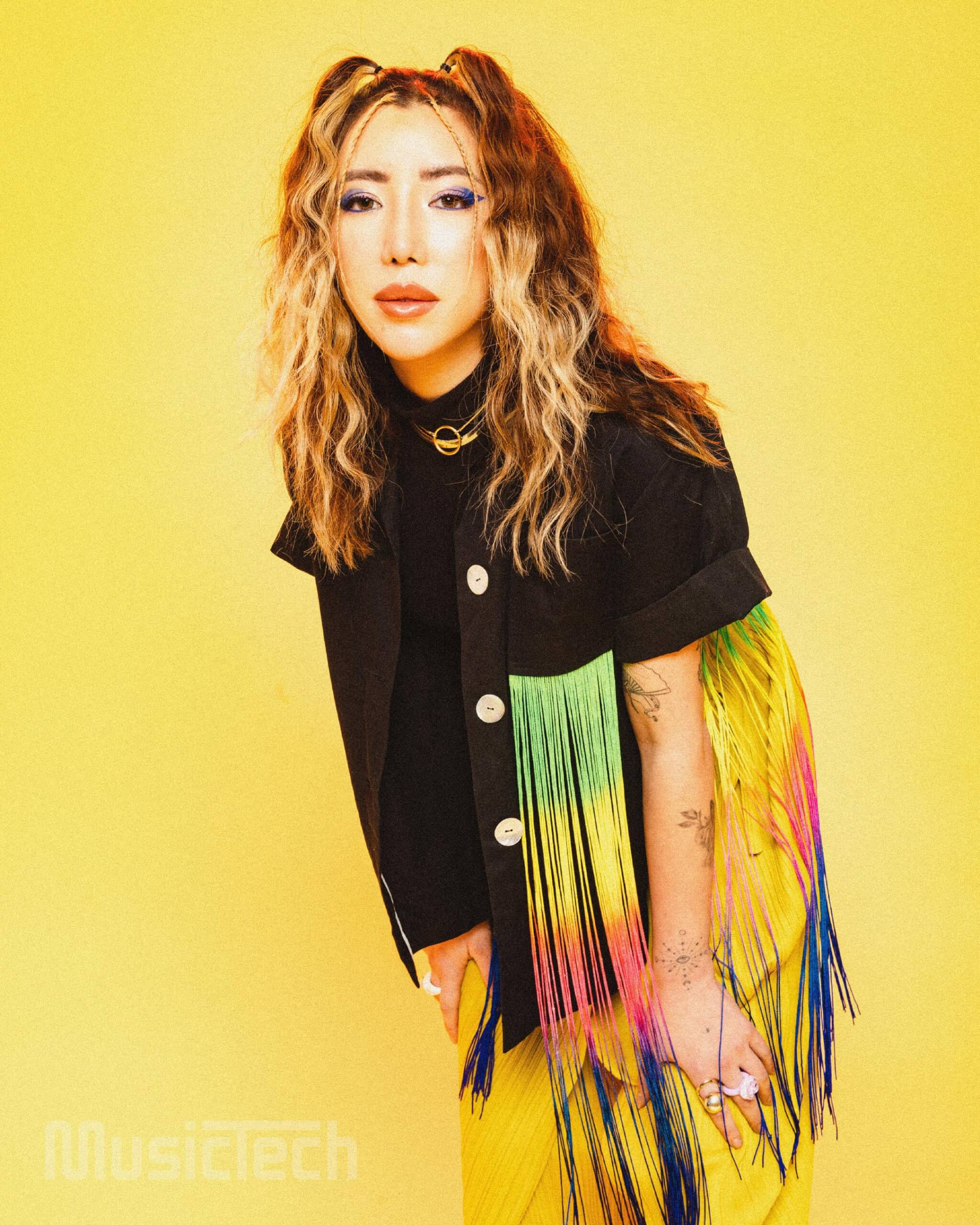
“We need to highlight the discrepancy of attention that’s going towards males versus females in the music industry. A more egalitarian industry simply means putting women alongside their peers; they don’t need to be given any special treatment.”
When Lee first started making beats, the world of hip-hop and EDM production was overwhelmingly male, so much so that she initially didn’t show her face or reveal her gender for fear of being dismissed and not taken seriously.
As the first woman and the first Asian-American to be nominated for Best Electronic/Dance Album at the Grammys, Lee says she’s seen a “very palpable improvement” on the issue, with far more women now finding success in the industry.
“It’s easier to get the ball rolling if you can look out and see female role models, get inspired, take the torch and do something even better.”
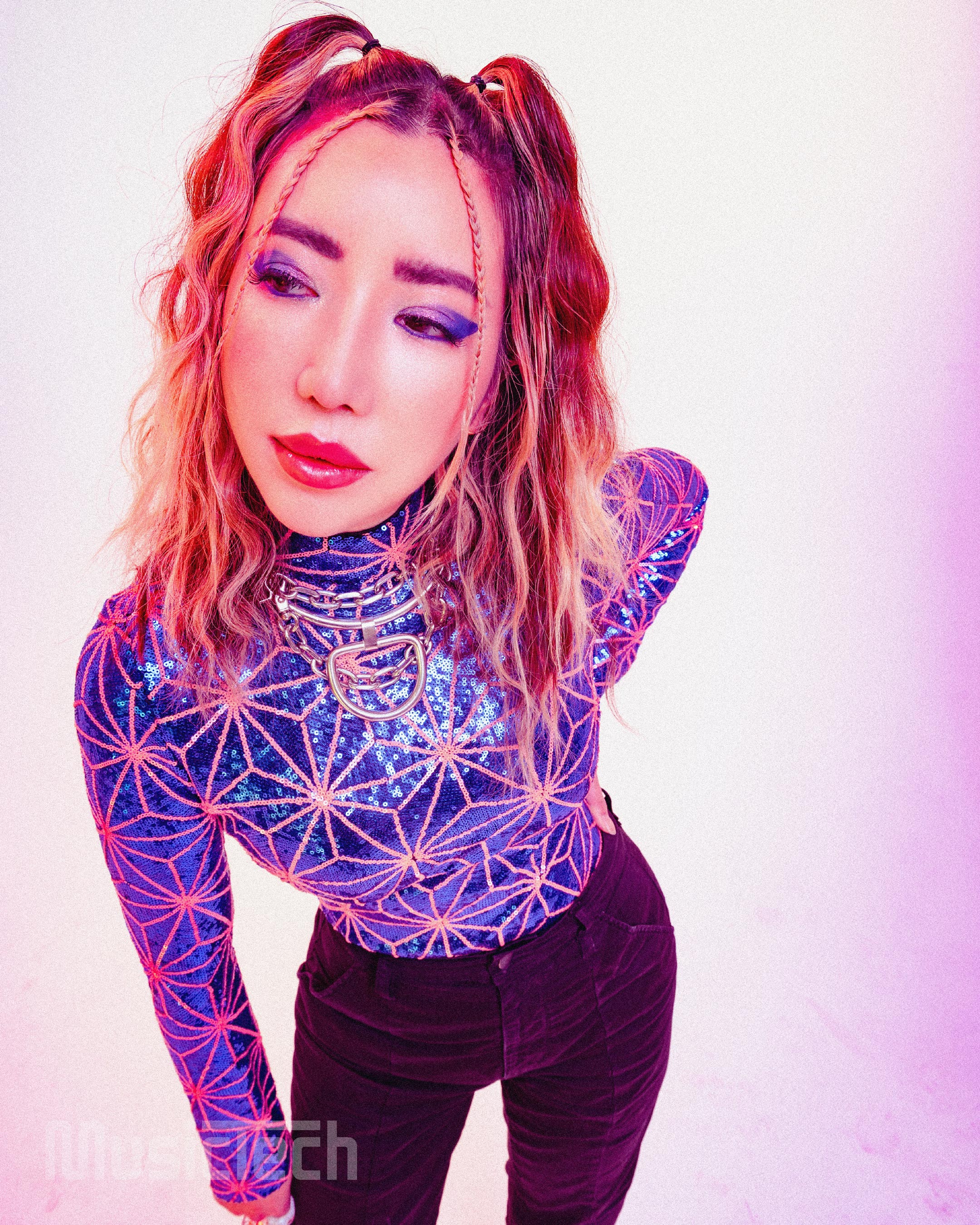
In 2014, Lee formed her own label, Young Art Records, and has proudly maintained an independent career ever since. Taking this path has allowed her to make the kind of music she wants, to bypass bureaucracy and to move at her own pace without industry pressure.
“When I start catching myself resenting what I’m doing, I take a break,” she says. “I don’t force myself to make music if I’m not in the mood – that can mean I don’t make music for a month or it can mean I make 20 songs in a month.”
“Unknown territories are really appealing. And I say that while also being a sceptic”
Founding her own company allowed Lee to manage her career but also to offer a supportive space for fellow artists. “There are a lot of talented musicians out there,” says Lee. “They have the voice but they don’t have the platform, so I wanted to create a jump off point for them. It’s not a money-making venture. It’s a passion project. It’s something I can do to highlight musicians that should get more attention.”

Lee’s DIY approach to her career can perhaps be linked back to lessons learned in childhood. Raised primarily in a sole-parent household, Lee says the way her mother approached and dealt with challenges left a lasting impression. “Just seeing her navigate her life, the failures, achievements and how she exists, it’s given me a lot of perspective on how to exist as a musician and, essentially, as a business owner.”
Keeping the industry side of things in balance requires Lee to maintain a separation between creativity and career. “You are making music because you want to make art. But you also need to live off of it,” she says. “My mother showed me this approach where I kind of have two hats and I don’t mix them together. When I’m being creative, I’m allowing myself to be creative. Then when I’m thinking about the label or decisions I want to make in terms of my career, outside of the creative realm, then I put on a different hat.”
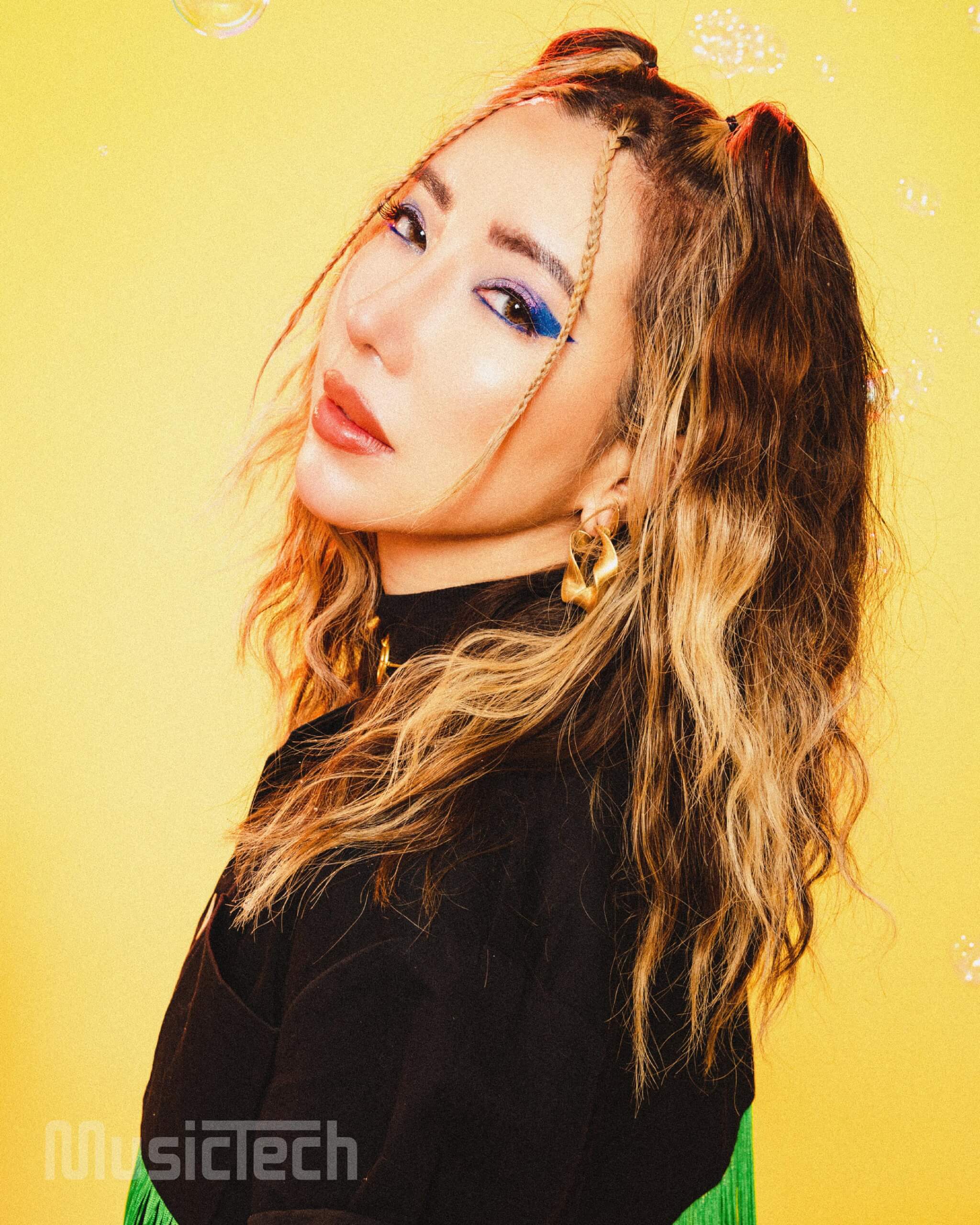
Lee has never shied away from the potential offered by new technologies. She recalls an early experience playing a DJ set in 2011 using only Ableton Live. “A lot of people were so traditionalist at the time and I got a number of not very nice comments. They were like, ‘You need to have two decks, you can’t just use Ableton!’ Of course, now everyone uses Ableton.”
That same openness led Lee to experiment with the metaverse way back in 2017, collaborating with WaveXR to release a VR experience of her album Lune Rouge. She even chose to have the album’s launch party in a virtual space.
“Unknown territories are really appealing. And I say that while also being a sceptic of things. I’m not like, ‘Wow, VR is the future’. Maybe it is. Maybe it isn’t. But that experience was something I could offer people and it’s something I’ll always remember. Having an album release party in VR was trippy. It was amazing and not a lot of people can say they’ve done that.”
Lee may retain a healthy scepticism but if there’s one thing she is sure about, it’s that the technological disruptions that have shaken the industry won’t stop any time soon. “Things are gonna change whether you want them to or not. Whether you don’t like crypto or you don’t like NFTs, they are still here.”
True to form, Lee is about to step into the Web3 arena with TOKiMONSTA’s first ever solo NFT, on the sound.xyz platform, which will accompany a new single – the name of which is currently unknown. As with VR, Lee makes it clear that she doesn’t buy into the hype. But that that’s no reason not to dive in and try things out.
“[Web3] is in its infancy and there’s a lot of mistakes that have already happened but, behind it all, it’s just a tool that needs to be used appropriately. The technology is pretty incredible and there’s so many different ways it can be used. But I also get sent DMs every week from people trying to reinvent the music industry using Web3 and NFTs. I’m not fully sold on any of it just yet.”
Twelve years on from her label debut, Lee has achieved the kind of career longevity that many artists would envy – though to hear her tell it, she’s just as surprised as anyone. “I’m always amazed that I’m still around,” she exclaims. “If anyone asks me where I see myself in the future, I just cross my fingers and hope I’m still making music.
Despite Lee’s hard-earned humility, the nocturnal pulse of TOKiMONSTA feels just as relevant today as it did more than a decade ago. The key, she says, lies in never getting too comfortable with your routines. “The longer you’ve been making music, the more your process can seem mechanical instead of creative. I don’t want that; my goal is to always keep a mindset that is fresh and hungry and excited to make music.”